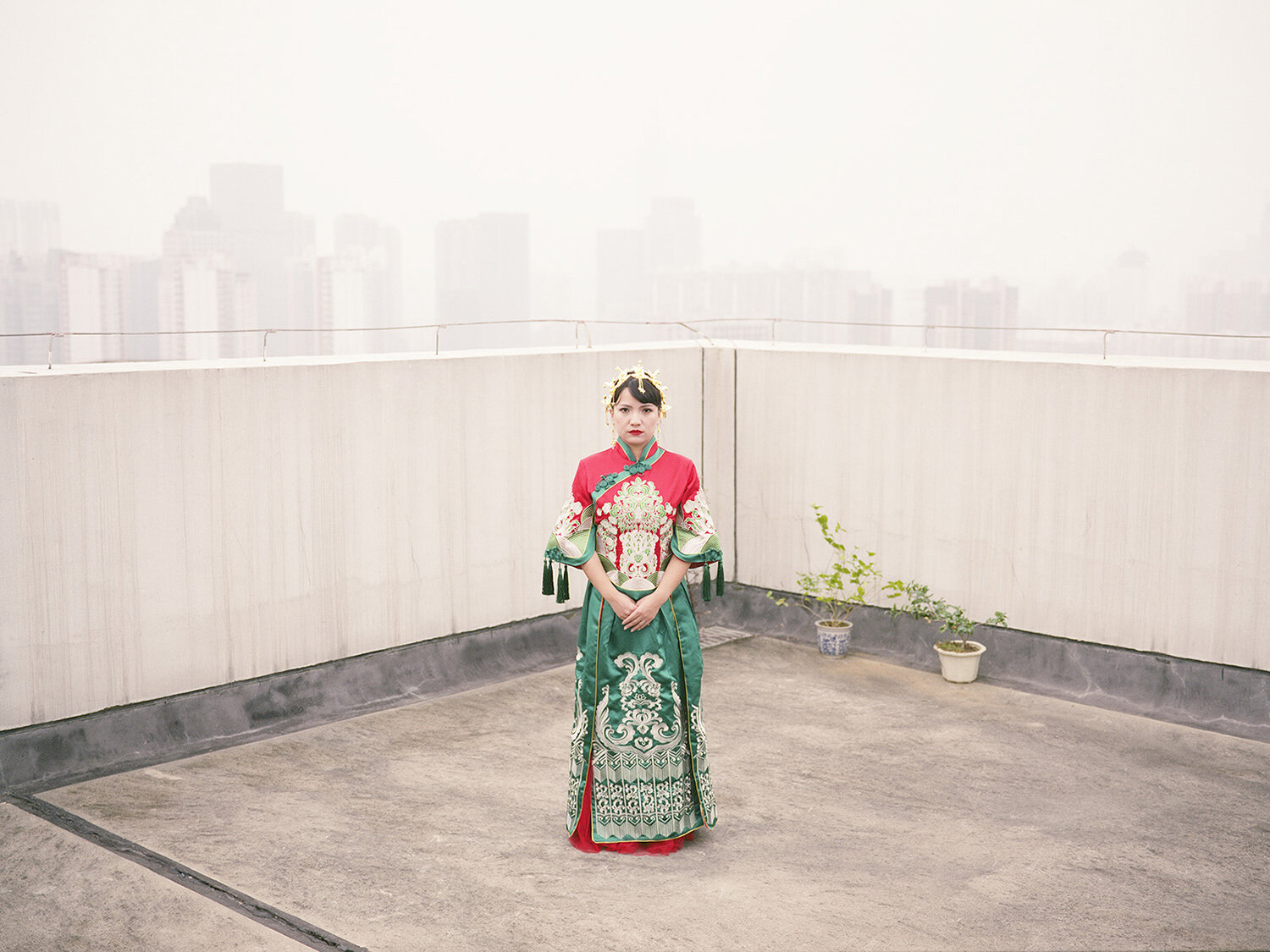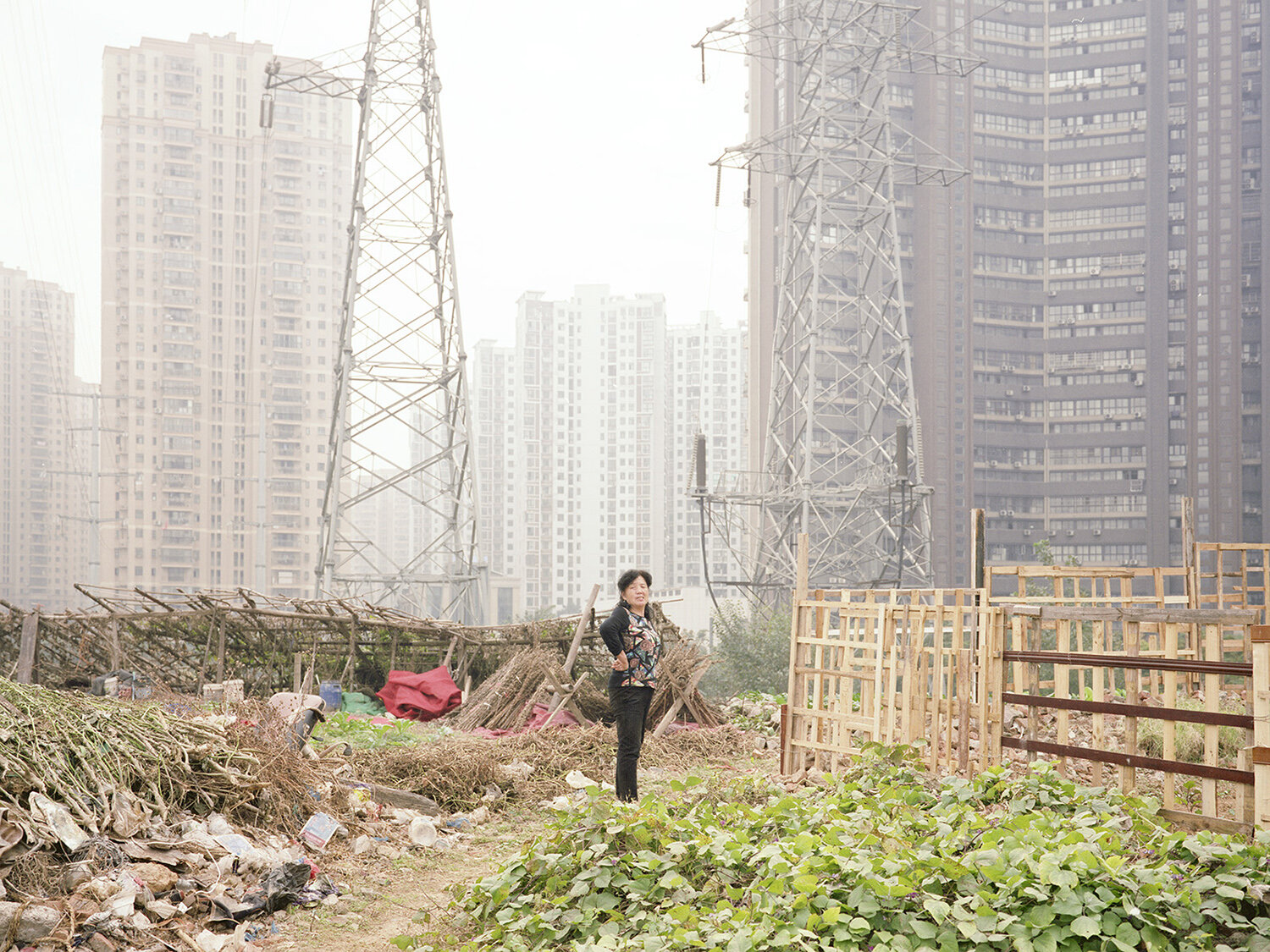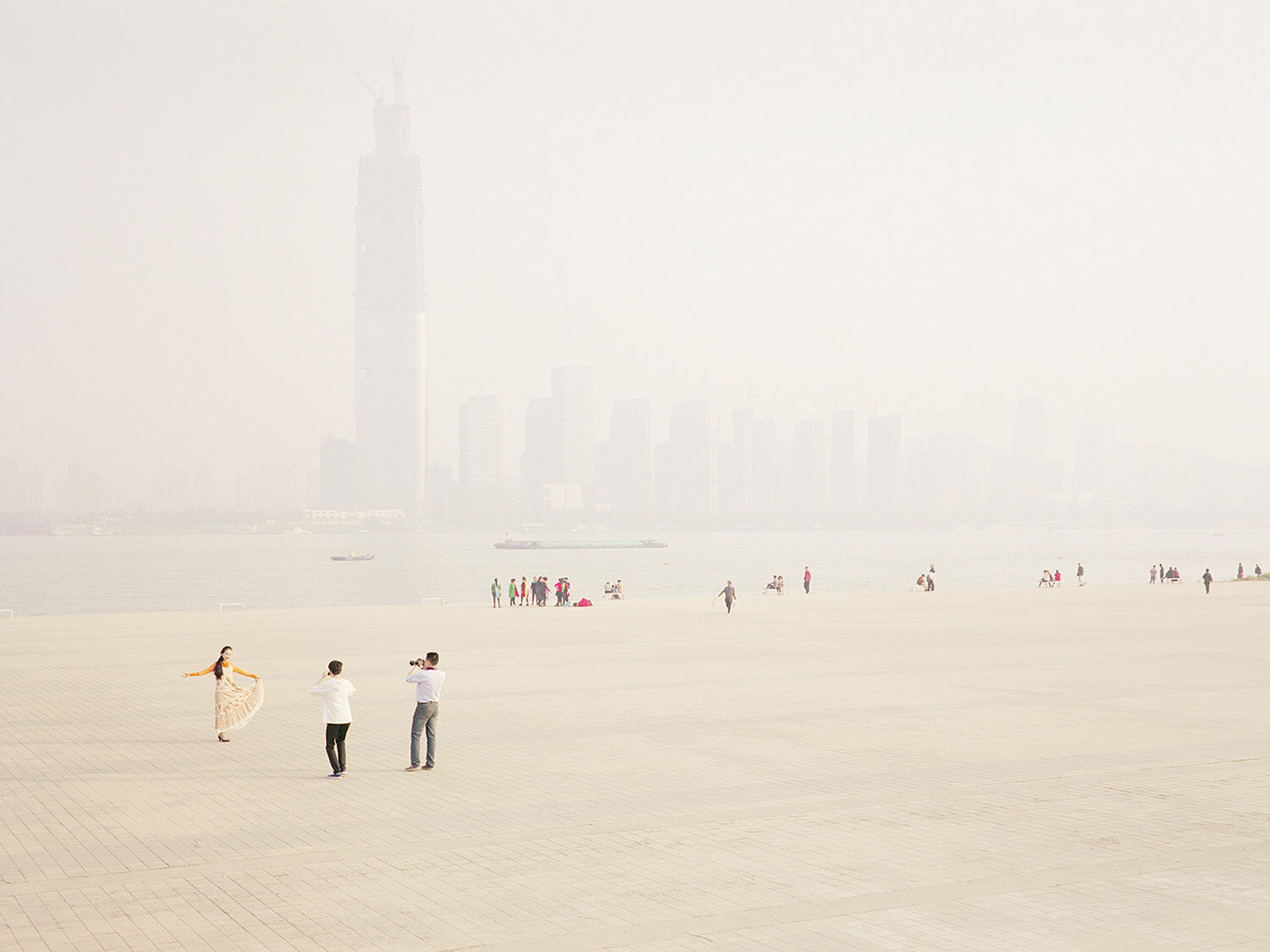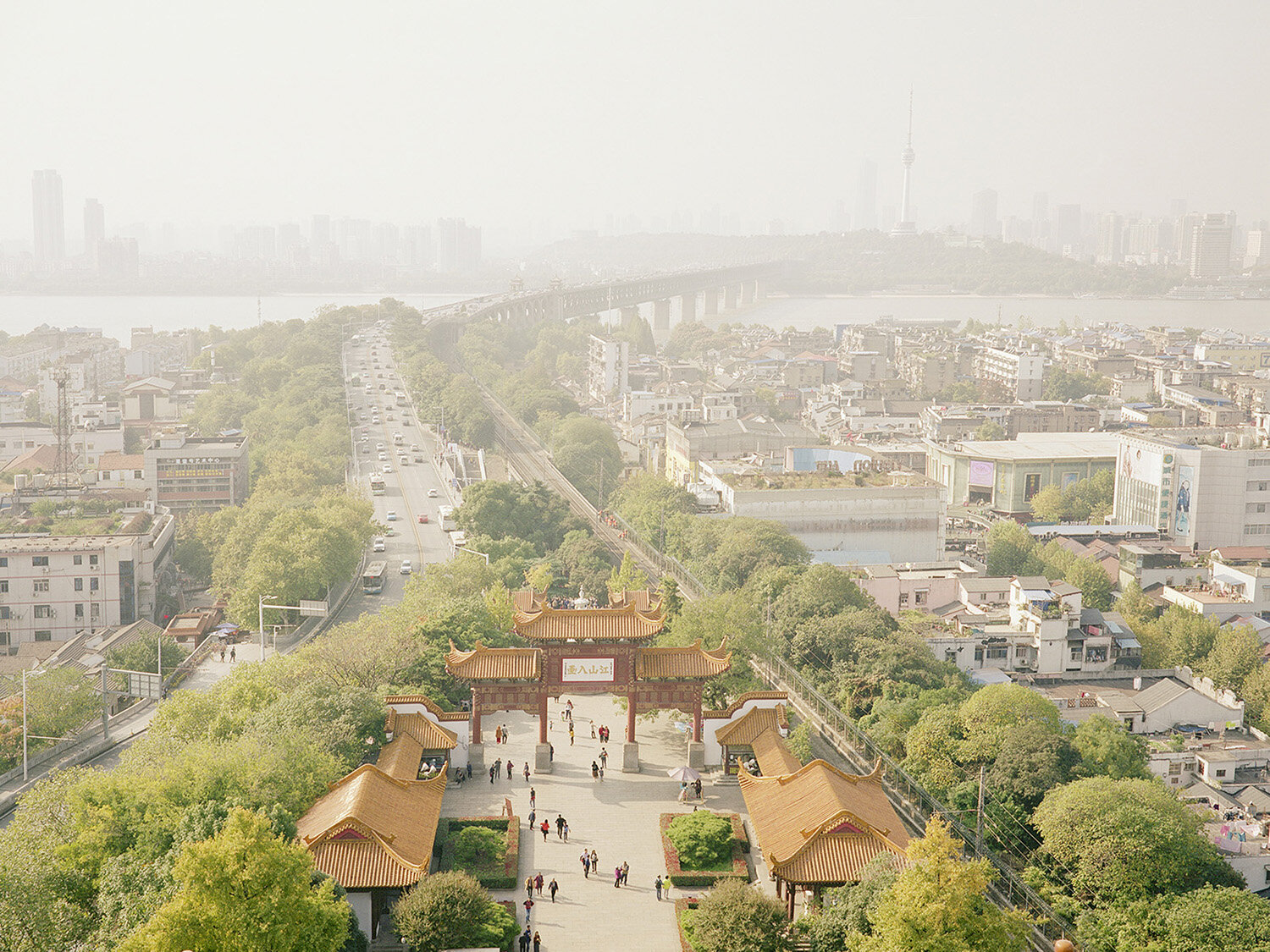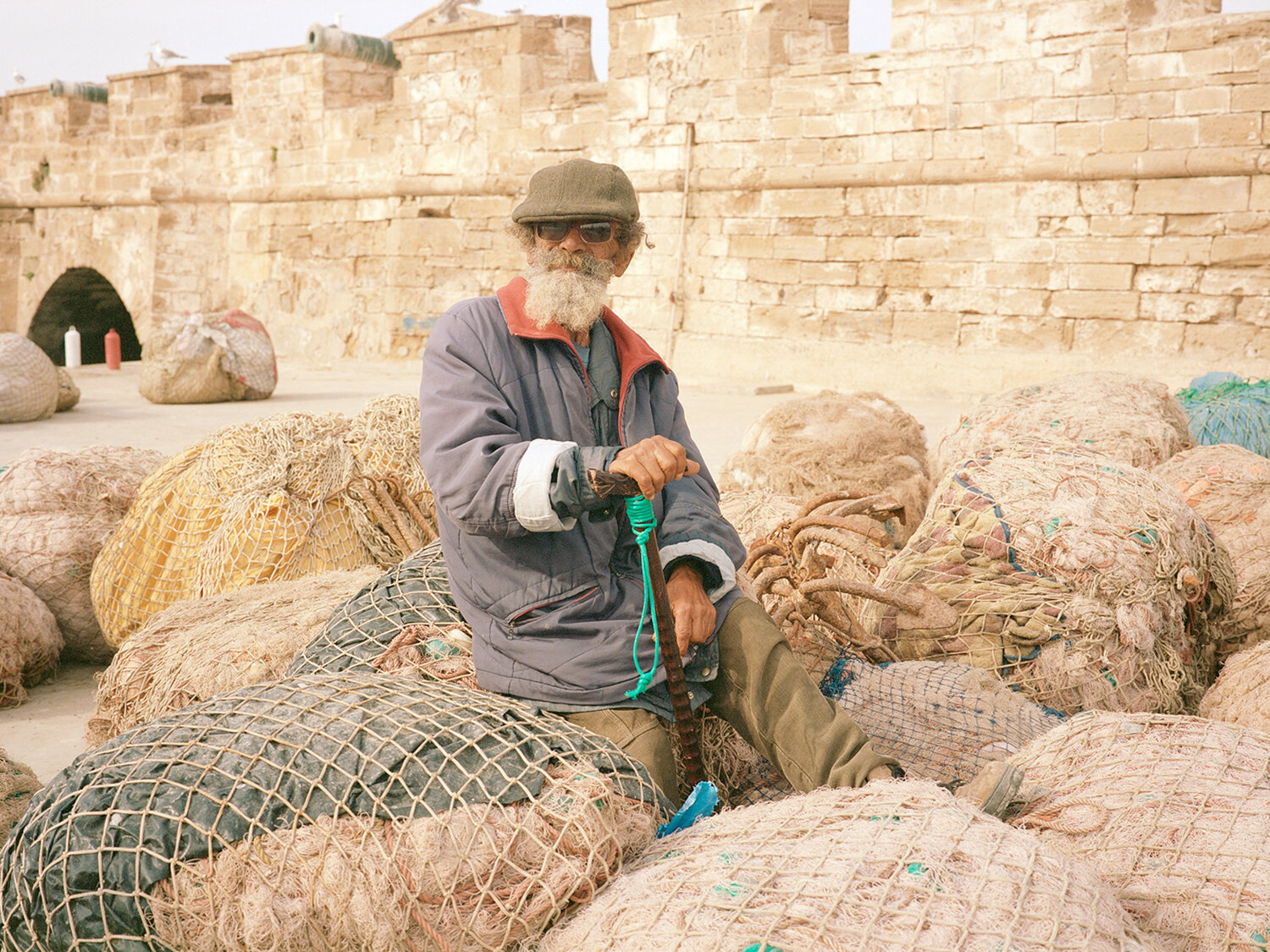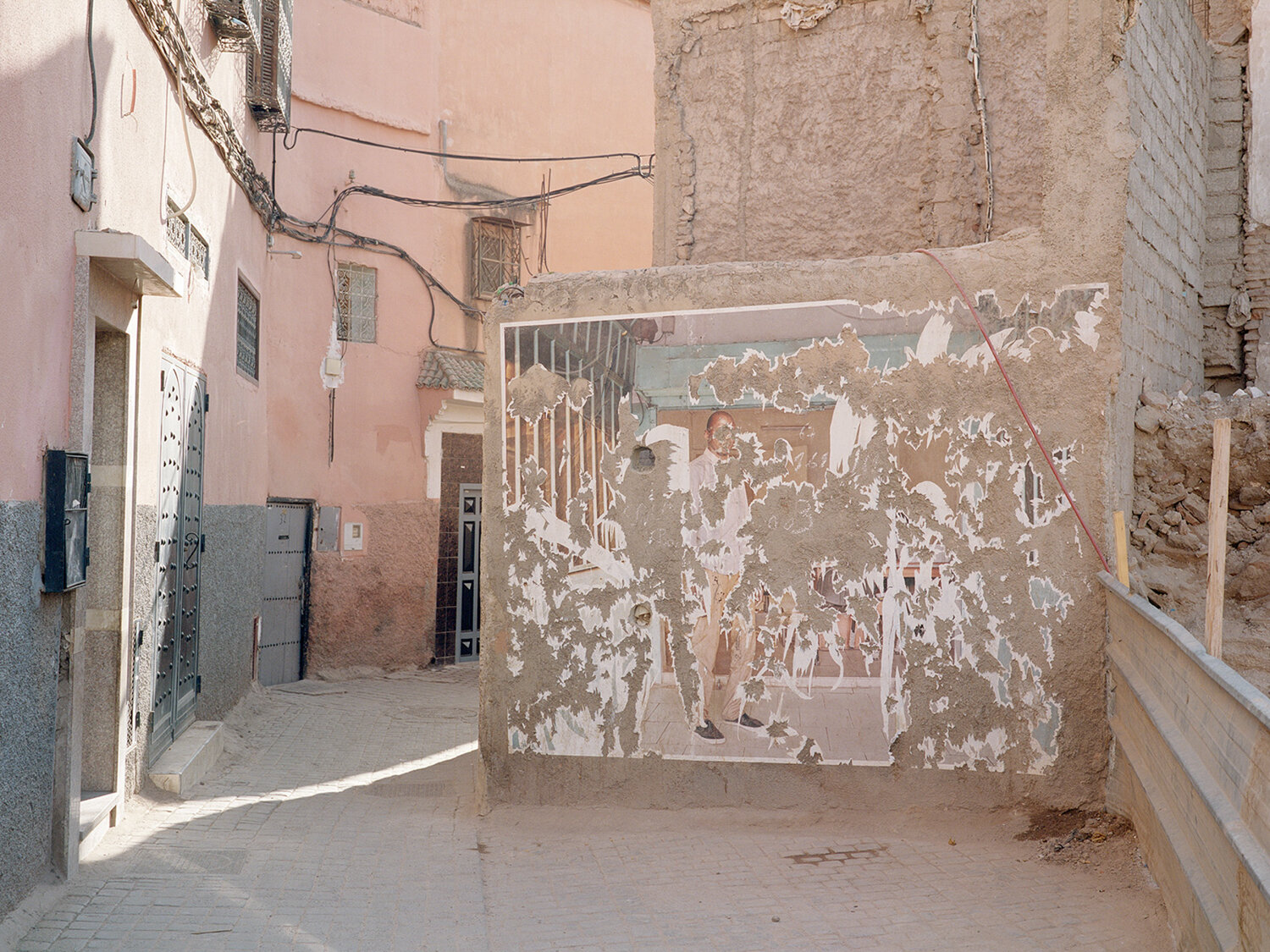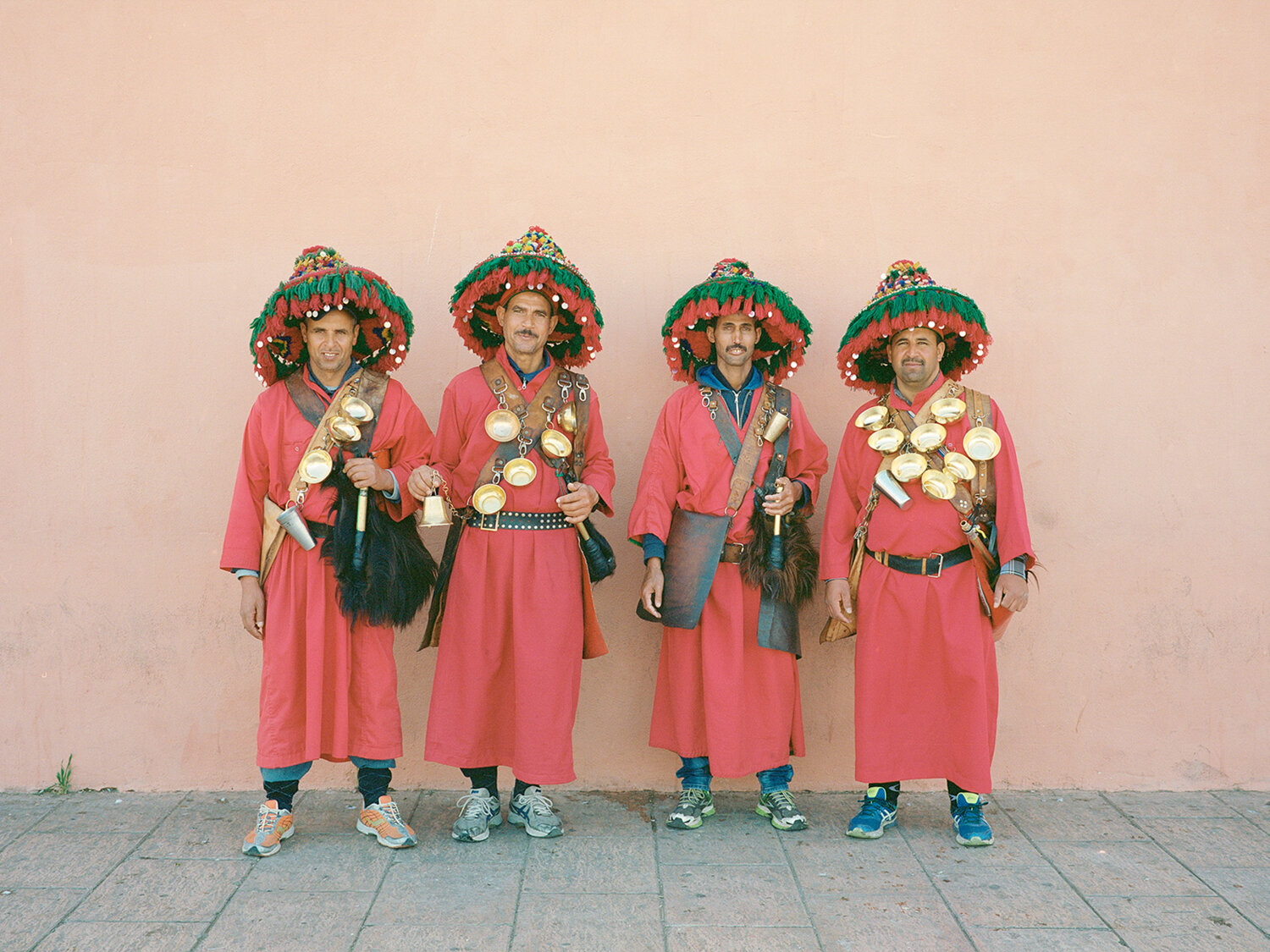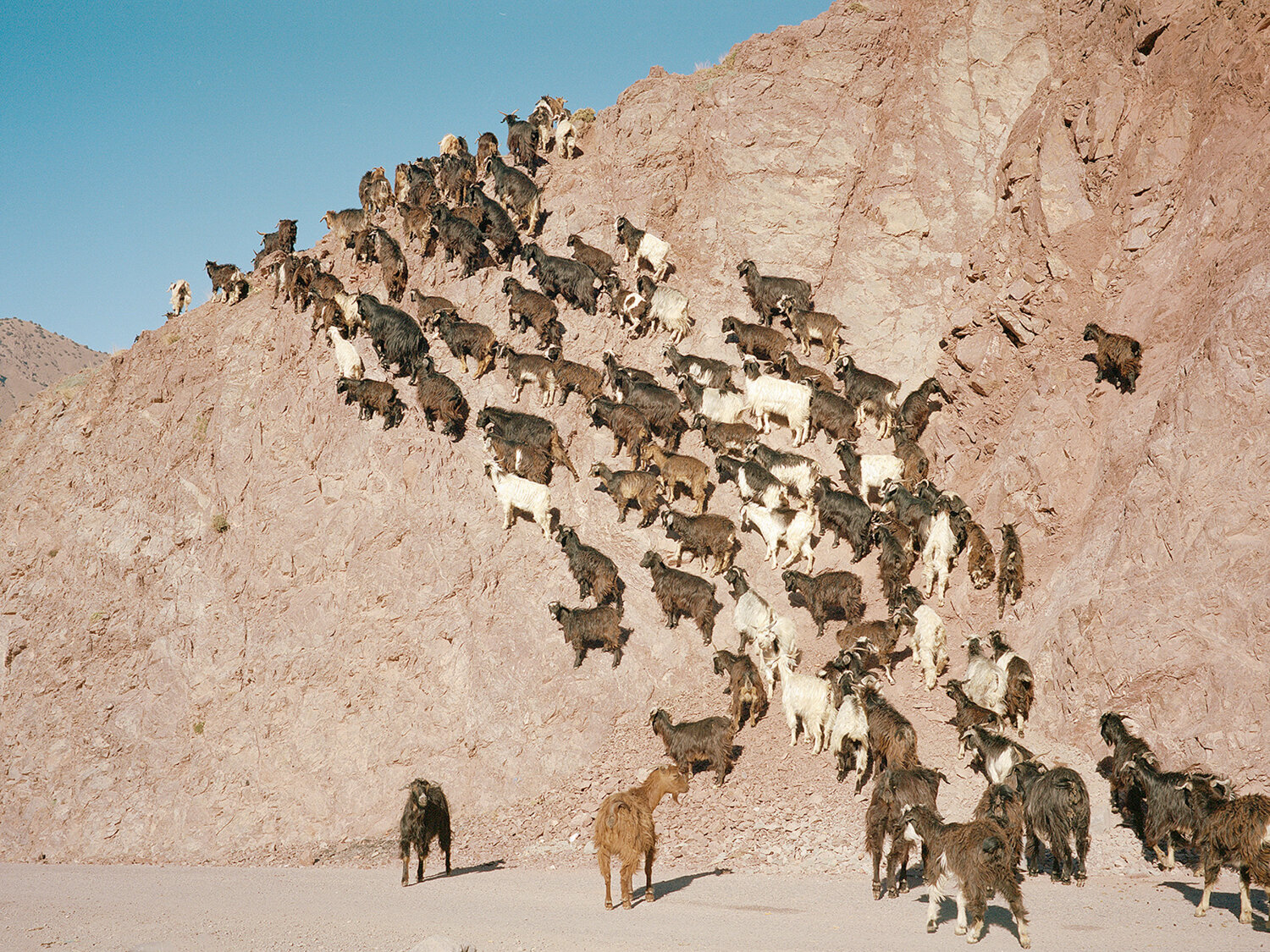Fergus Coyle
What is your relationship with Wuhan, how did you end up there? Take us on a walk through Wuhan with your words, what about Wuhan did you love? In what ways did Wuhan inspire you to shoot? How did this city make you come to life?
My Brother settled in Wuhan around 8 years ago. He teaches English to private clients by day, then by night produces drum and bass and DJ’s at a handful of clubs. In 2017 he married his long term partner ChenChen and I flew out to attend their wedding. As it was my first time in Wuhan, I decided to spend some extra time getting to know the city. Before leaving, I was excited by Wuhan’s location at the confluence of the Han and Yangtze rivers. I remember seeing Nadav Kander’s eerie, industrial depiction of the Yangtze in Portfolio Magazine with small figures dwarfed by the construction of giant bridges. Similarly, Zhang Kechun’s stunning series Yellow River became a big inspiration as did Yan Wang Preston’s Mother River.
I’d regularly catch the ferry from Wuchang District in the South to Hankou Bund; a 4km long stretch of curated park that runs parallel to the Yangtze. Locals congregate for group exercises, chess, dancing or to pose for photographs in front of the impressive skyline, dominated by the Greenland Centre - Chinas tallest building and 4th in the world. My favourite activity to observe was the bird kite flyers who’d skilfully manoeuvre their Eagle shaped kites close to the water, as if they were hunting for fish before circling upwards on a thermal. Wuhan’s residents are very sociable and there’s a strong culture for eating out, whether it’s in a restaurant or street food at one of the many night markets. Its roads are busy with cars, motorbikes and endless yellow hire bikes that end up in huge piles at their drop-off points. There are major tourist attractions such as Yellow Crane Tower or East Lake - a series of lakeside parks connected by many walkways which attracts over a million visitors per year. It also has one of Chinas largest student populations, with 20 different universities and many foreign students.
Further up the Yangtze and on the outskirts of Wuhan lies Tianxingxiang Island. It consists mostly of farmland apart from a giant sandbar on its west bank that makes for perfect 4x4 driving, and a shipwreck that is used for wedding photoshoots. There’s a big trend for elaborate pre-wedding photos in China and however remote an area of the city you visit, you’re likely to be met by a troupe of photographers, stylists, assistants and even the odd smoke machine! Whilst out walking close to where my Brother and ChenChen live, I came across a flourishing piece of farmland, deep below the gaze of towering apartment blocks. Any unused pieces of land are cultivated in a deeply rooted compulsion towards self-sufficiency. ChenChen told me the people that work the land here are doing it out of pleasure rather than necessity.
Within your series A Walk Through Wuhan you demonstrate the scale of an urban landscape by juxtaposing it to the small stature of a human. In addition to this scale your images contain a very dreamlike quality, can you share your reasoning for this? How have you trained your eye to capture what it feels like to take a walk through Wuhan? What components within your frame share the feeling of the experience you had?
I approached photographing Wuhan with a landscape format in mind, possibly inspired by photographers mentioned earlier but also, as it was my first time visiting, as an outsider looking in. The scale of the cities giant buildings, bridges and other structures have a dwarfing effect on its residents and I was taken in by the sheer scale of everything. An idea I had for a potential future project in Wuhan is to photograph various neighbourhoods of the city, all featuring the Greenland Centre (China’s tallest building) in background. You can already see the giant building in many of my images as it dominates the skyline. The dreamlike quality to the series is unfortunately in part due to the high levels of pollution regularly experienced in the city, giving a uniquely hazy light with the sun attempting to push through the smog like a giant diffuser in the sky.
As mainstream media works to link Wuhan to the coronavirus, how has your series intention shifted? Do you feel obligated as an artist to convey what mainstream media has not? Do you plan on returning, if so, what stories are you planning to tell?
As Wuhan was relatively unknown to the west, my original intention for the images was to give an introduction to life in Hubei’s sprawling capital. Since the mainstream media’s coverage of events, that original feeling to share my own, mostly positive experiences of the city has only grown stronger. It’s sad to think that Wuhan could forever be known as the source of a virus turned pandemic, so I hope that my images can continue to give viewers a chance to see the city and its residents for who they are and in a less biased way. I hope to return very soon, especially as there’s a new member of the family to meet! I would also love to make a short film about the bird kite flyers of Wuhan, such a beautiful show that still photography couldn’t do justice to alone.
What led you to Morocco? How long did you visit for? When you arrived did you have a project planned or did you allow it to unfold naturally. What surprised you and what challenges did you face while making this series?
In February this year I spent two weeks traveling Morocco, sharing equal amounts of time in Marrakech, the Atlas Mountains and Essaouira by the sea. At the time I was getting regular lockdown updates from my brother in Wuhan, little did I know this trip would come just days before the rest of the world would follow suit. The trip was predominantly an escape from the England’s ongoing cold, wet winter but also an exploration with my camera too. I had a very similar approach to my image making in Wuhan, inquisitively wandering the streets and watching scenes unfold. I loved getting lost in the Medinas of Marrakech and was taken in by the city’s sight, smells and pinkish hues. Journeying to Imlil in the Atlas Mountains, I discovered a tranquil Amazigh village community, popular with visiting hikers ready to climb North Africa’s tallest summit, Mount Toubkal. Some locals voiced not to take their photo, which is something I respected and kept to producing landscape scenes. Personally I find it hard to make the connection needed to make portraits in a short space of time whist traveling, I’m always grateful if such a connection does occur. The trip concluded in Essaouira by the sea, a total festival for the eyes with a crumbling blue and white painted medina, mixed with a hive of activity from its working harbour. It was the last leg of a great winter trip away, blissfully unaware of the new reality faced upon my return home. I look forward to exploring new places with my camera again soon, for now at least I can fondly look back at my time spent in Morocco.
To keep up to date with Fergus’ latest work visit:
Website: https://www.ferguscoyle.com/
Instagram: https://www.instagram.com/fergus_coyle/

